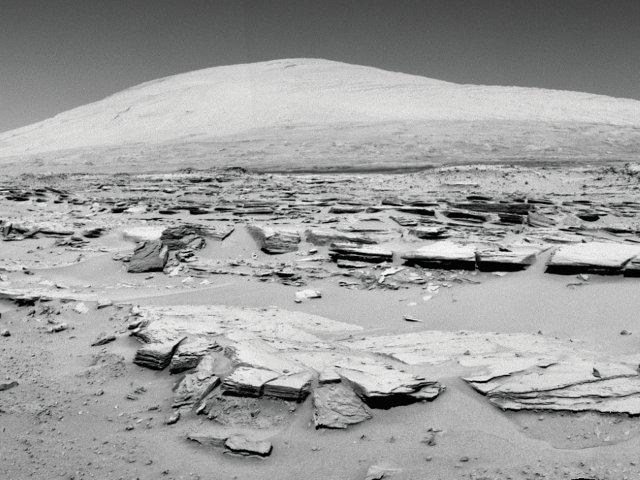FOR IMMEDIATE RELEASE
ACS News Service Weekly PressPac: April 02, 2014
From Martian rocks, a planet’s watery story emerges
"Zapping Rocks on Mars"
Chemical & Engineering News
After 18 months on Mars, the rover Curiosity has taken more than 120,000 measurements of surface rocks and soil, painting a more detailed image of how much water was once on the Red Planet. An article in Chemical & Engineering News (C&EN) describes the technique scientists are using to analyze the rocks and what they’ve found.
Celia Arnaud, a senior editor at C&EN, notes that Curiosity has traveled nearly 4 miles since it landed in 2012 and is more than halfway to its destination, Mount Sharp. But in the meantime, its onboard equipment is collecting a treasure trove of information about the Red Planet’s surface. The rover is equipped with an instrument called ChemCam, short for “Chemistry & Camera.” It not only snaps high-resolution images of the barren landscape it passes, but also can figure out what’s in the soil and rocks within about 23 feet of its location. Scientists back on Earth, at NASA’s Jet Propulsion Lab, aim the ChemCam at targeted rocks and zap them with a laser beam. The instrument reads the light that bounces back and can tell what atoms and molecules are in the rocks.
Scientists have found that the weight of the dust they’ve sampled is 2 to 4 percent water. And for the first time, they have confirmed that the common element fluorine exists on Mars. With about 3 miles more to go before it reaches Mount Sharp, Curiosity is sure to keep adding new details to the emerging picture of our planetary neighbor.

High-resolution image

